With the Spring Meet drawing near, every member brings their expertise and passion to the table to ensure that no stone is left unturned in preparation for the much-anticipated Spring Meet.
Preparing for the race meet is a collaborative effort that asks every member to utilize their expertise. The list of to-dos is always long, but it remains an essential part of preparing Keeneland to welcome back our horses, horsemen, and patrons for another exciting season of racing!
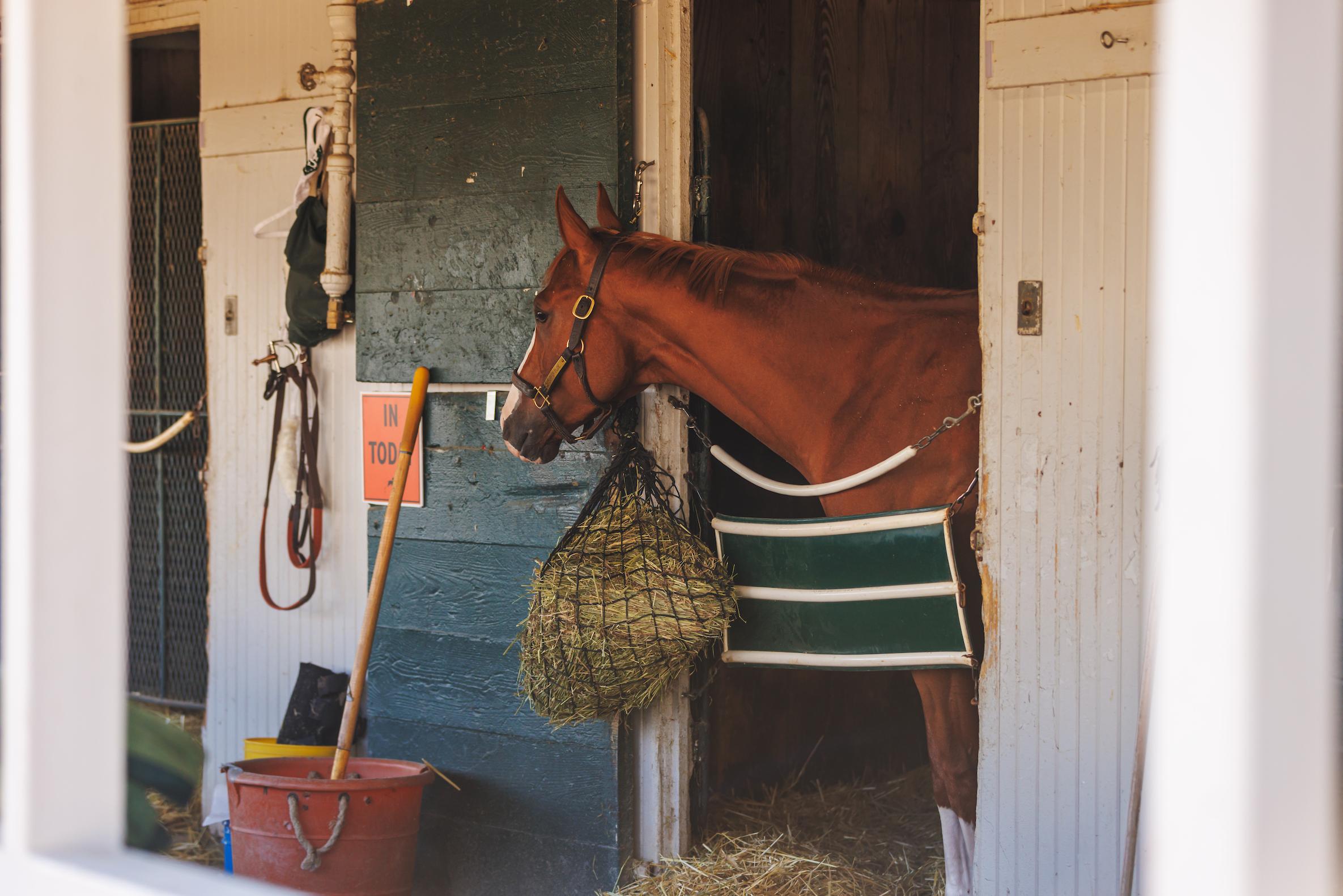
Allocating Stalls
Keeneland’s main barn area opened March 20. In the months prior to opening, the team spends a huge amount of time allocating stalls because the demand always exceeds the capacity. To date, 1,279 stalls have already been allocated to trainers. Horses will ship in and out of the grounds the entire duration of the meet.
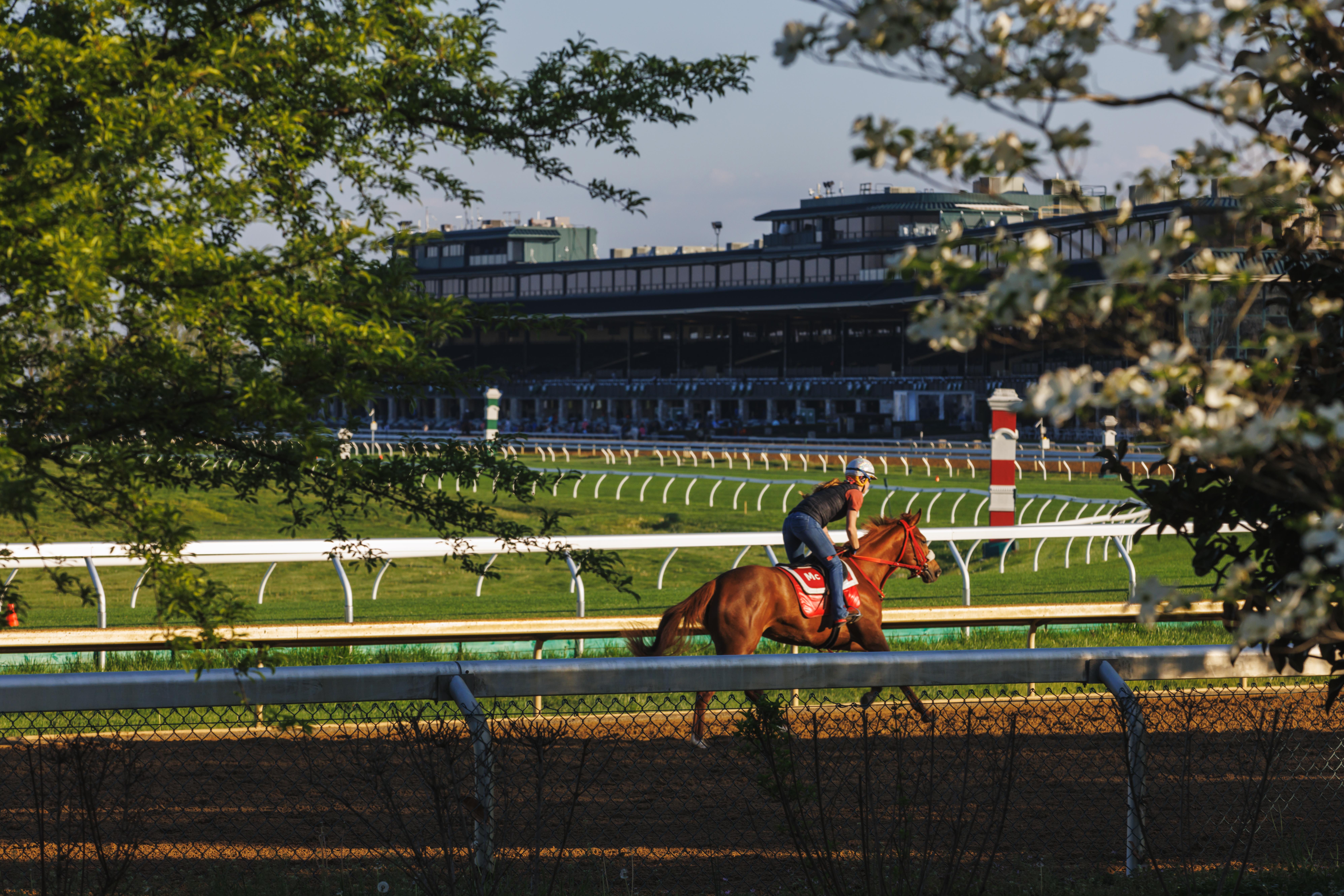
Training
No matter what the season, horses are in training at Keeneland every morning. To help horses acclimate ahead of the race meet, the main track opened on March 12. Horses are allowed to train on the main track every day and run high-speed workouts once a week. Training hours are always between 5:30 a.m. and 10:30 a.m.
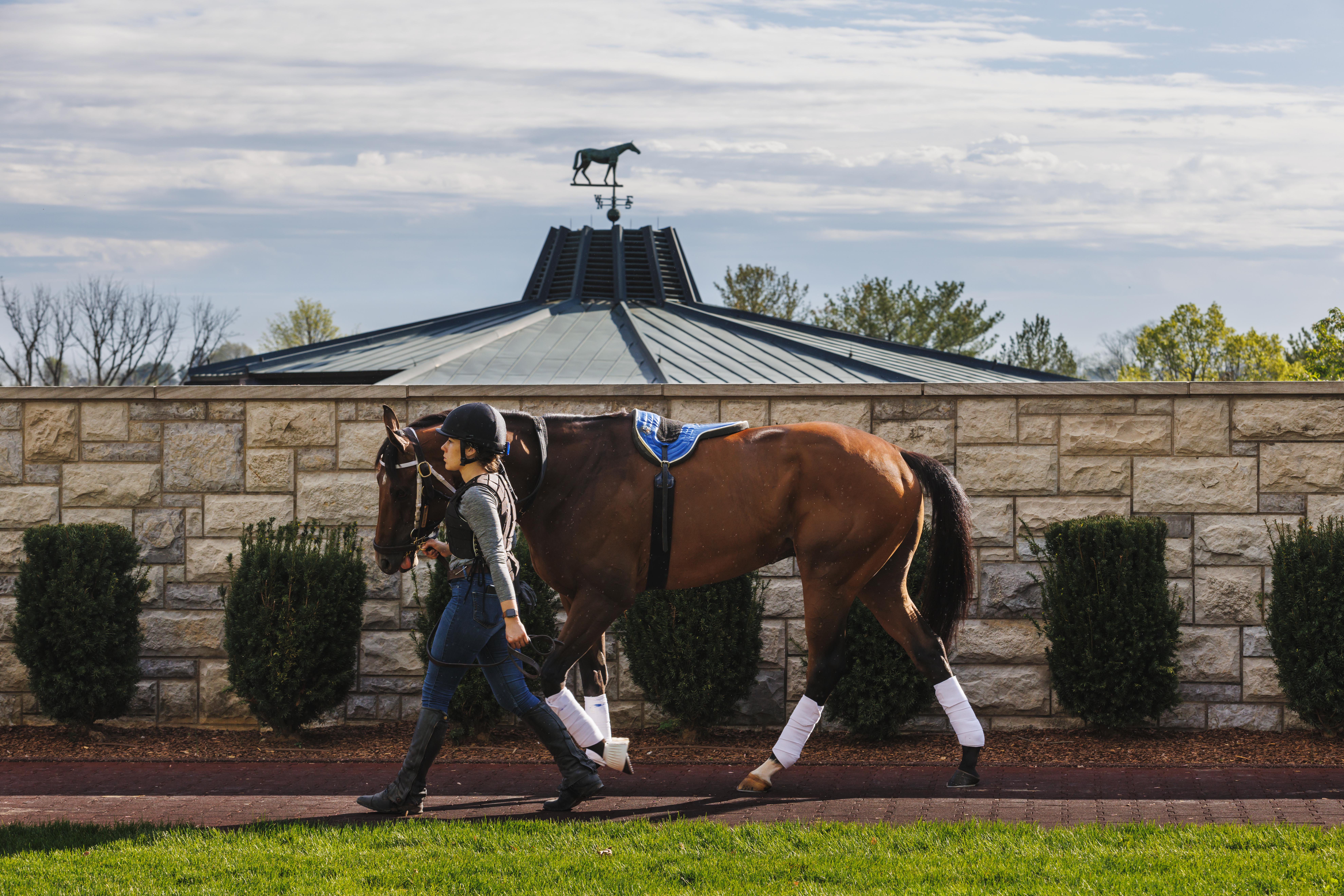
Paddock Schooling
When it comes to race horses practice makes perfect. Paddock Schooling is where horses are allowed to walk through the paddock area in order to acclimate them to the process and their surroundings ahead of race day. Paddock Schooling begins Monday, April 1st, four days before the Spring Meet.
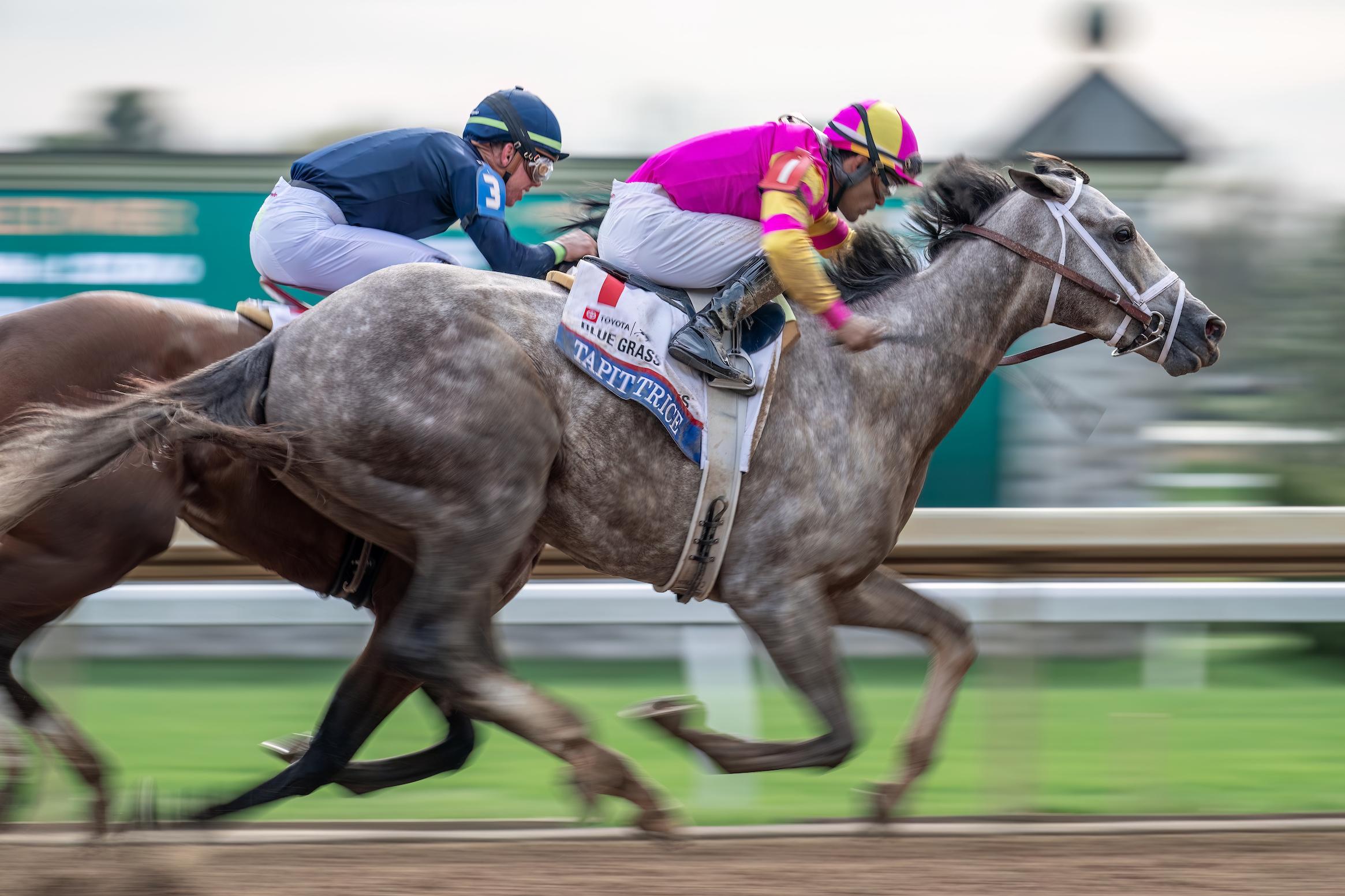
Racing
Prior to the start of any race meet, it is essential to build out the Condition Book which is comprehensive schedule of all races. This allows trainers to create a training regimen for horses they later plan to run at Keeneland. From there, the Stakes Coordinator in the Racing Office is tasked with outreach to help get horses nominated to the biggest races on the schedule.
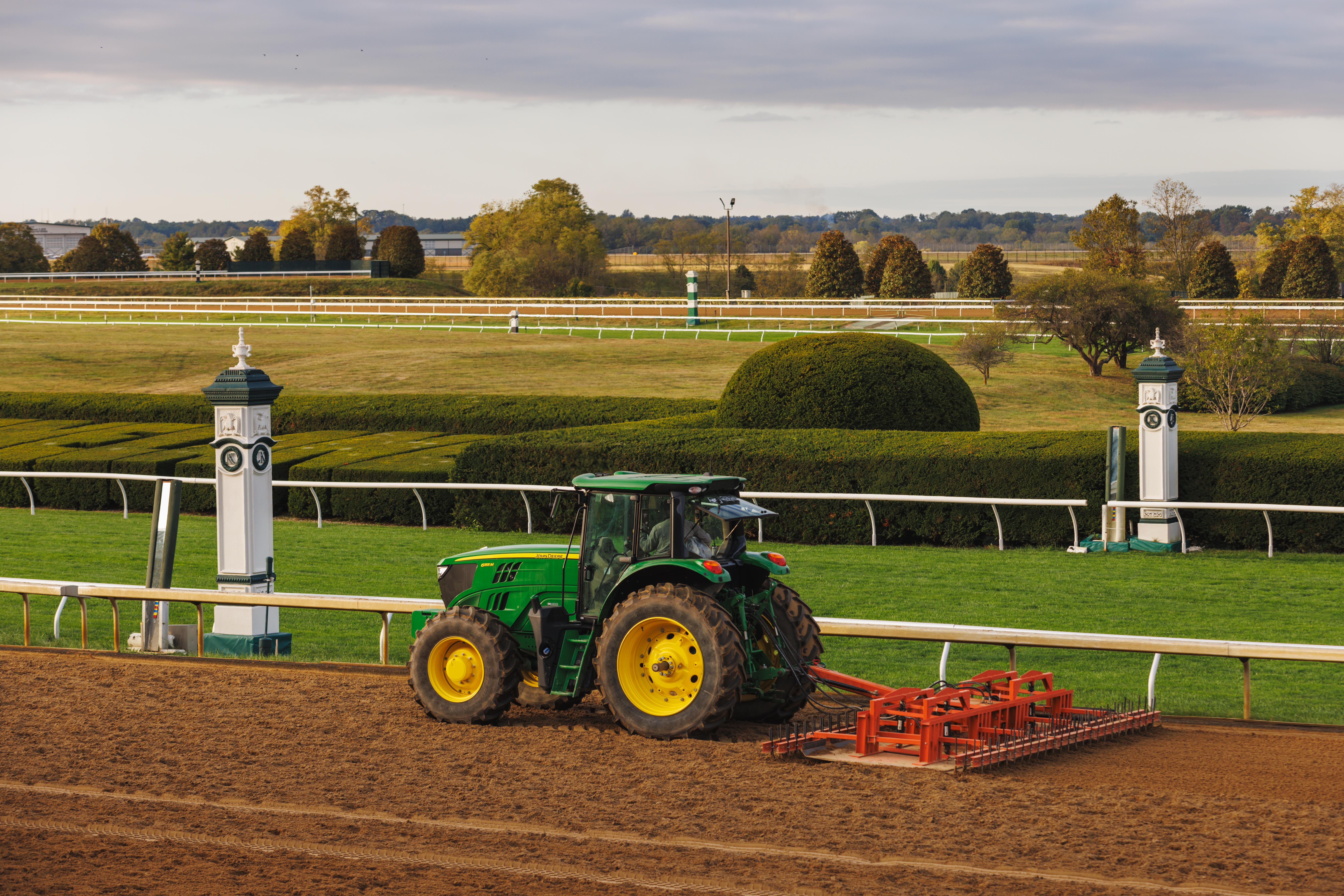
Track Maintenance
To prepare the track for the meet, one week before opening day the track surfaces team will run mock races with the tractors. Each day, the number of harrows increases from 4 to 5, to 6, to 7. This gradual change allows the track to achieve "race day feel". This process helps the team work out any kinks with equipment and allows horses to get acclimated to the track ahead of competition.